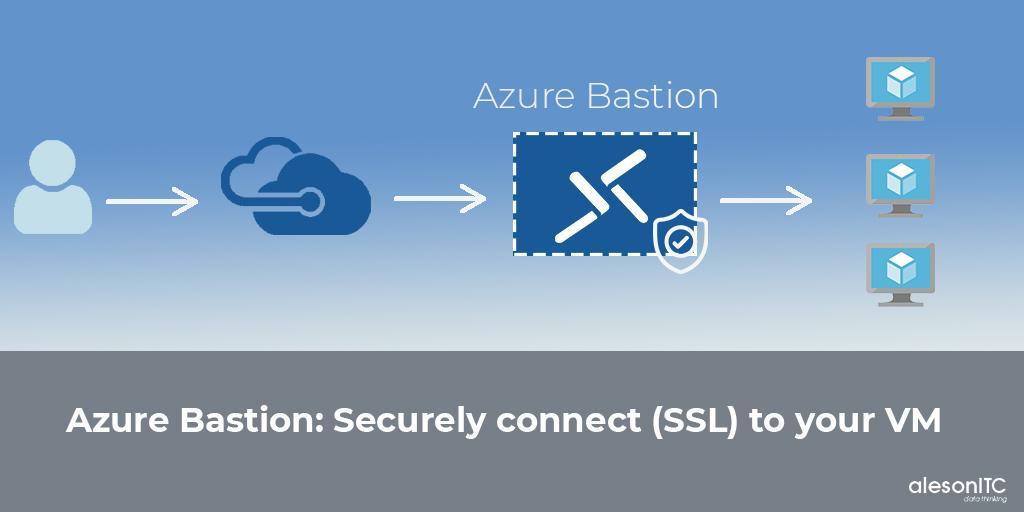
Once Bastion is created, these are the resources that are created within our resource group: We wait for it to be deployed, since it usually takes about 5-10 minutes to deploy: In the first point we must choose our Subscription, the Resource Group where we want to create this service, the name that we want to give it, the region, the Virtual Network (which involves a creation with special characteristics) and a Public IP:Īs I mentioned before, our Virtual Network must have a Subnet called “AzureBastionSubnet” and an IP range with prefix / 27: Creation of Our Service
Protection against port scanning: Since we do not have to expose our servers to the internet through a Public IP, our machines are protected against port scanning.įirst, from the Azure Portal, we go to “Create a resource” and search for “Bastion”:. No NSG administration: Being a PaaS service is fully managed by Azure, we don’t need to apply any NSG (Network Security Group) in the Azure Bastion subnet. No public IP in the Azure virtual machine: The connection to our server will be through Private IP, we do not need a Public IP to connect. Remote session over TLS: Azure Bastion uses an HTML5-based web client, which transmits our connection to our server, thus obtaining an RDP / SSH session over TLS on port 443. RDP and SSH directly on the Azure portal: We can directly access our RDP and SSH session on the Azure portal with a single click. It does not store any personal data.When we connect to our servers through Bastion we do not need a Public IP, since through this service we access them through the web browser as we will see in the Step by Step below. The cookie is set by the GDPR Cookie Consent plugin and is used to store whether or not user has consented to the use of cookies. The cookie is used to store the user consent for the cookies in the category "Performance". This cookie is set by GDPR Cookie Consent plugin. The cookies is used to store the user consent for the cookies in the category "Necessary". The cookie is used to store the user consent for the cookies in the category "Other. The cookie is set by GDPR cookie consent to record the user consent for the cookies in the category "Functional". The cookie is used to store the user consent for the cookies in the category "Analytics". These cookies ensure basic functionalities and security features of the website, anonymously. 
Necessary cookies are absolutely essential for the website to function properly.
Now go to the Azure portal and create a Bastion service and fill in the required details. Make sure that the range of networks is at least /27 or larger and the name of the subnet is AzureBastionSubnet. 
Create a subnet on which the bastion host will be deployed.
Select the VNet, in which you have the VM(s), which you want to connect. Once provisioned, access is there for all VMs in the VNet, across subnets. The name of the subnet must be AzureBastionSubnet Azure Bastion is provisioned within a Virtual Network (VNet) within a separate subnet. It is basically a scale set under the hood, which can resize itself based on the number of connections to your network. Makes it easy to manage Network Security Groups (NSGs). Help to limit threats like port scanning and other malware. Access VM(s) directly from the Azure portal over SSL. 
No RDP/SSH ports need to be exposed publicly. Azure Bastion is a fully managed PaaS service that provides secure and seamless RDP/SSH access to Azure VM(s).







 0 kommentar(er)
0 kommentar(er)
